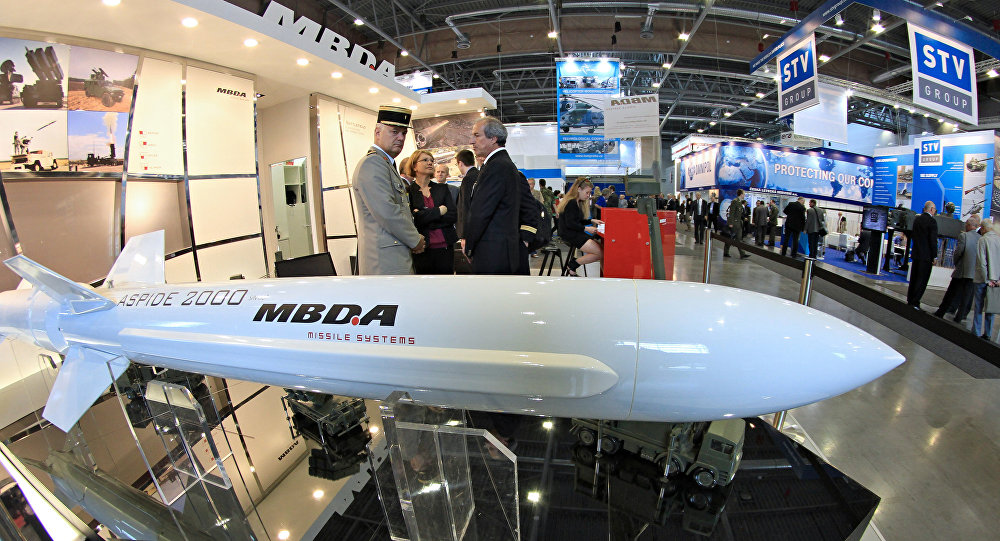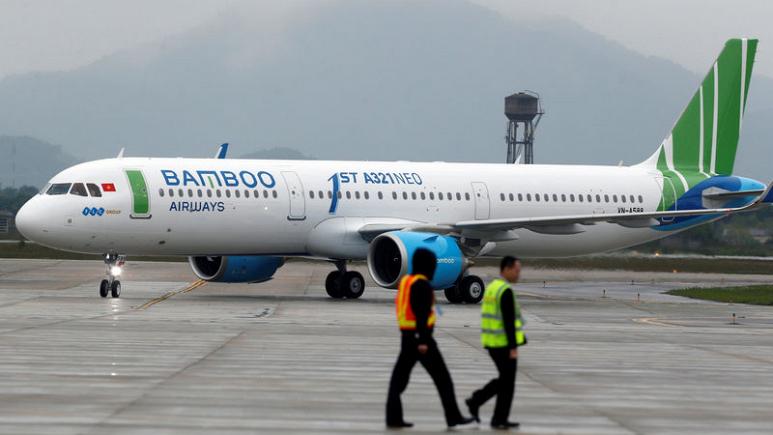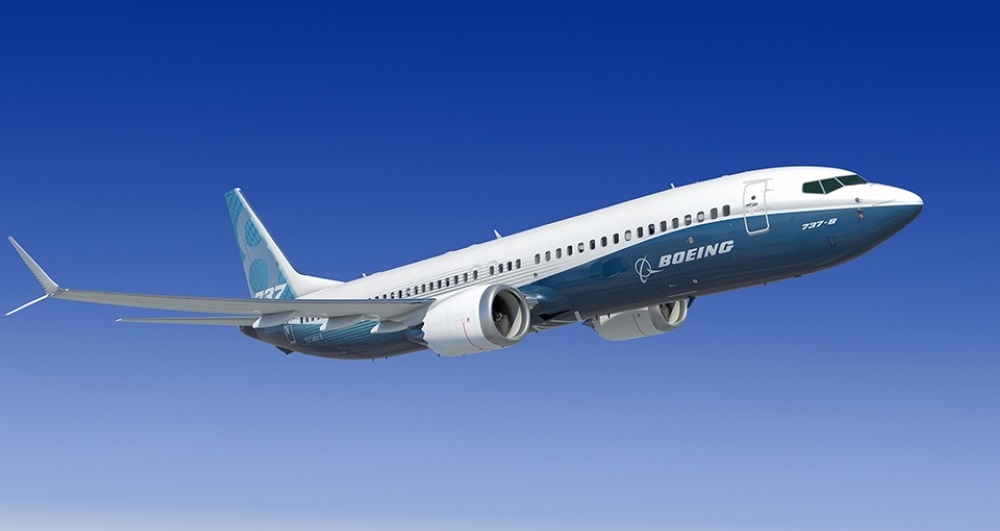PARIS (Reuters) – European missile maker MBDA’s chief executive is returning to Airbus as head of strategy as the planemaker seeks to modernise its factory system and explores future options in defence, two people familiar with the matter said.
Antoine Bouvier, 59, replaces Patrick de Castelbajac who becomes head of Airbus Asia-Pacific, the sources said. Castelbajac’s responsibility for Airbus international operations had already been transferred to sales chief Christian Scherer.
At Airbus, Bouvier will be embarking on a battle of wits with a new strategy head at arch-rival Boeing CO.
Chris Raymond, until recently head of Boeing’s Autonomous Systems business, recently became vice-president for enterprise strategy under finance director Greg Smith, sources said. Raymond’s appointment has not been officially announced.
Airbus and MBDA declined to comment on Bouvier’s appointment, which was first reported by AeroDefenseNews. It is the latest step in a management reshuffle accelerated by the recent official appointment of Guillaume Faury as Airbus CEO.
Bouvier, a former civil servant who narrowly missed out on running France’s DGA defence procurement agency two years ago, brings experience in forging defence partnerships to Airbus, which is embroiled in a row with Germany over arms controls.
He is expected to be replaced at MBDA by former OneWeb chief Eric Beranger.
Although there is fierce day-to-day competition, with Taiwan’s China Airlines opting last week to switch to Airbus, the European planemaker is not expected to exploit the grounding of Boeing’s 737 MAX jetliner for now, industry sources said.
NEXT GENERATION
The future of the Airbus A320neo and Boeing 737 MAX – the industry’s most successful models – is seen as strategically entwined and insiders say Airbus is also worried about the impact of the grounding on global certification..
But the planemakers are crafting crucial strategies for the next generation of single-aisle jets from about 2030 – both likely to define the aircraft industry well beyond mid-century.
Insiders say Faury wants Airbus to focus more on industrial strategy and closing a perceived gap with Boeing in production technology, as well as responding to the threat of increased environmental regulation of air travel, as well as new products.
Airbus must also assess how to respond to rising defence spending after its failure to merge with Britain’s BAE Systems in 2012 left it heavily skewed towards commercial markets that are now approaching the end of an extended upcycle.
It is involved on the German side of a nascent Franco-German fighter project along with French partner Dassault Aviation but faces competition for valuable systems work and a growing spat with the German government over export controls.
At MBDA, Bouvier helped forge an Anglo-French agreement on the use of shared missile technology.
Bouvier followed the classic path of a French mandarin from the prestigious Polytechnique engineering school to France’s ENA civil service academy. He had been linked with a number of top aerospace posts such as Safran and Thales.
“His appointment will be very credible with the French government,” a person familiar with the appointment said. France and Germany own 11 percent each of Airbus.
(Reporting by Tim Hepher; Editing by Luke Baker and Alexander Smith)

















